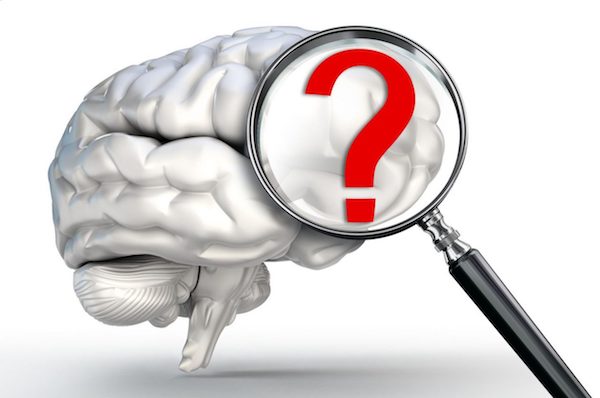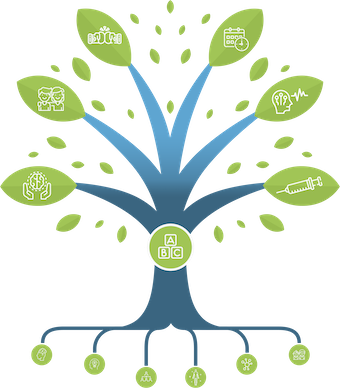What is the placebo effect?
Placebo comes from the latin word meaning «to please». A placebo is an inactive treatment (sugar pill) given to patients in medical studies to compare them to patients receiving the active treatment.
Why are placebos important?
For centuries, medicine has been plagued by worthless treatments sold as miracles for a number of diseases. One has to keep in mind that many diseases may improve without any intervention. For exemple, a cold will go away, with or without powders and infusions. The placebo group in a medical study represents this «natural» evolution of a disease.
What is the placebo effect?
But using a placebo treatment also may help the patients, especially in the world of painful conditions. The brain has its own ways to control pain, and expectation of relief is a powerful trigger for real relief. The intake of a sugar pill may relieve pain if one expects to be relieved. Numerous studies have shown this effect, explained by the activation of our natural anti-pain pathways in the brain. Those pathways are the same one modulated by morphine or opiates. Therefore, the placebo effect may induce a real relief, not just an imaginary one.
What can influence the placebo effect?
Placebo is not only a sugar pill. Placebo can be a sham injection or even a sham surgery, where the patients believes he has been operated but in real life he only has a few stitches on the skin. Sham injections and surgeries induce a very strong placebo effect.
Placebo is also influenced by the expectations of the patient, and the suggestion of an effect. If a patient is told by 3 different health professionals that a specific treatment works, the placebo effect will be stronger. Even more interesting, if a doctor thinks a patient is receiving a treatment that works, he may display a positive attitude and transfer his expectations to the patient, boosting the placebo response. That’s why, in most medical studies, neither the patient nor doctor knows which patient receives what treatment (what we call a double-blinded study).
Placebo is especially strong in children. It may also have a genetic component, with some people being better placebo responders than others.
Why placebo effect can be a nuisance
The placebo response can be so strong that it can make a treatment look «no better than placebo». A good example are the studies done on Botox, involving injections of saline as a placebo. The placebo group improved, less than the botox group, but still enough to make the effect of the drug look smaller. But in real life, can we use placebo injections? Should we? Those are open questions for scientists.
What about the placebo effect for migraine?
Migraine is a fluctuating disease. Its frequency goes through cycles. Studies done on migraine have to include a placebo group to demonstrate the effect of a treatment. Also, migraine is a pain disorder. A migraine attack can be relieved by a placebo.
References
1. Benedetti F. Placebo and the new physiology of the doctor-patient relationship. Physiol Rev. 2013 Jul;93(3):1207-46.
2. Horing B, Weimer K, Muth ER, Enck P. Prediction of placebo responses: a systematic review of the literature. Front Psychol. 2014;5:1079.
Categories
THE MIGRAINE TREE
- BRANCHES
- ACUTE TREATMENTS
- DEVICES AND NEUROMULATIOIN
- PREVENTIVE TREATMENTS
- PROCEDURES AND INJECTIONS
- SELF-CARE AND LIFESTYLE
- SOCIAL LIFE
- TRUNK
- ROOTS
OTHER CATEGORIES




